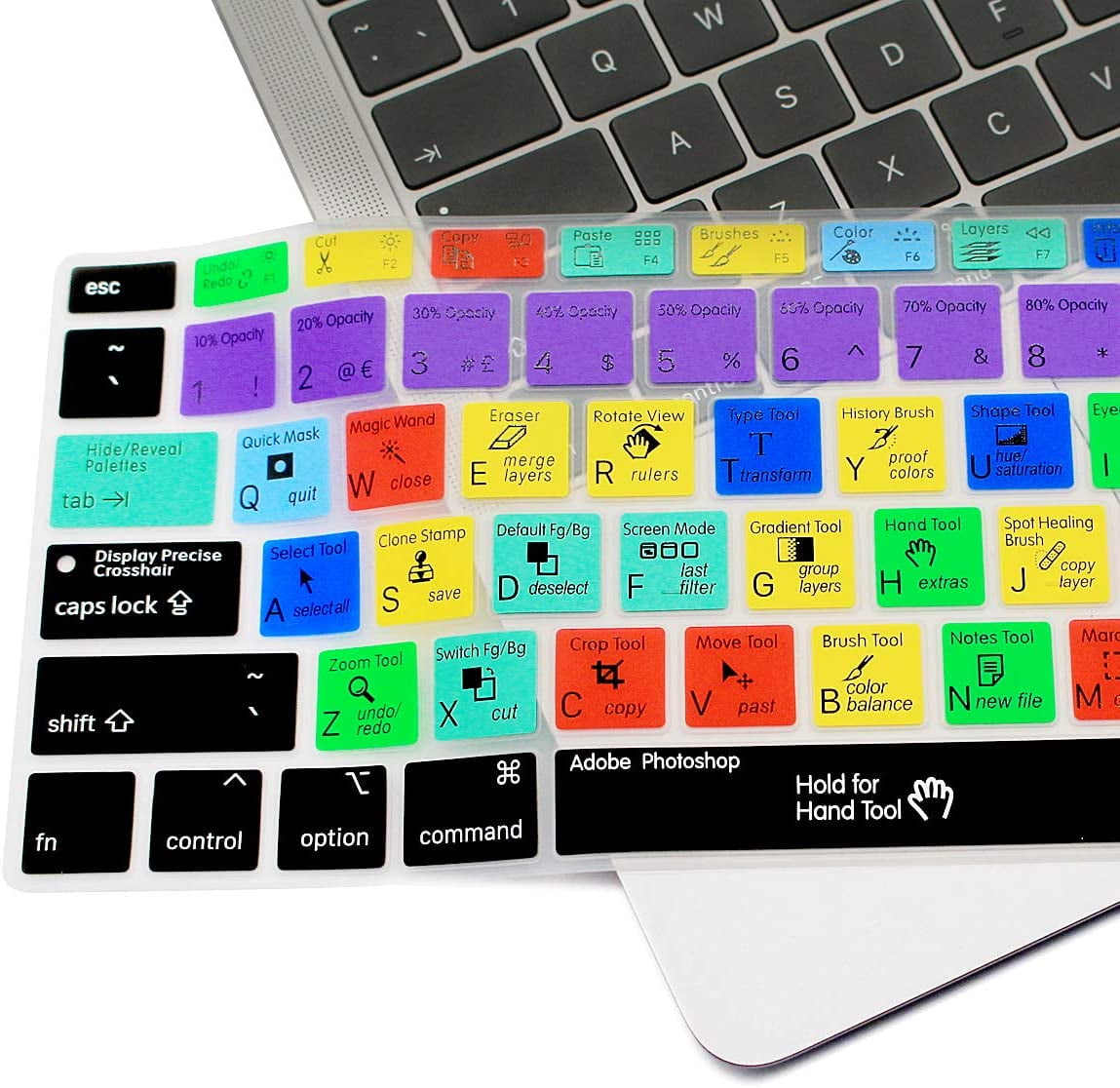
#Newest photoshop 2018 how to
I talked about it in this article, How to Use FULL SCREEN in Premiere Pro, and it's a shortcut I use multiple times a day. I just regret we still aren't able to edit a shortcut for getting rid of the program bar and maximizing the program area on your screen.

Generally, I don't think I would ever complain about more commands that can be mapped to a shortcut. The rest of the shortcuts will be useful as well. My second favorite would be enabling/disabling Motion Direct Manipulation for a selected clip. Personally I'm most happy about the ability to assign a keystroke to keyframe interpolation. I can’t remember the last time we got so many new shortcuts.
#Newest photoshop 2018 update
This is actually the only update that will reveal to an observer on which version of Premiere Pro you're working on. This way manipulation of volume across the entire range should be more precise and intuitive. Visually it's weird but it makes a lot of sense. It's not in the middle of a clip like it used to be. The first thing you'll notice us the new neutral position of the rubber band. Previously the maximum was just +6db, which for many users (including yours truly), very often was not enough.īut that's not everything. You need to drag the cursor up quite extensively.Īnd secondly, the range for audio faders and for volume rubber bands has been increased to +15db. The only downside I've found when playing with a new limit is how much time it takes to apply that maximum value. The previous limit of 1,000% made it very inconvenient if you wanted to time remap a longer clip. Time remapping maximum speed is now increased to 20,000%. Both raise a limit for the maximum value you could apply. Audio volume rubber band and time remappingįor many users, these two updates are long-awaited and much appreciated. If that’s something you’re interested in, you can order your copy on Gumroad.ģ. Here are a few sample rows from the System Compatibility Report:īy the way, if you struggle with stability in Premiere Pro, I have an eBook titled " Bulletproof Premiere Pro" dedicated to best practices for the stable editing workflow. It is much better in describing and suggesting the solution than the previous version was. For that reason, I think this is a very important update in this version. It has tons of information that will be useful if you face any problems with Premiere Pro. It will also suggest the way you can fix that issue.Īnd most importantly, you can export a Report as a.

It will notify you about unsupported video card drivers, Operating System requirements and so on. This is great news! Stability is a big concern for a lot of users and this is yet another step to minimize compatibility issues. For more complicated projects it will still help to get a nice starting point.Īdobe keeps inverting in System Compatibility Report. With that all in mind, I think this is a great addition to the toolkit but will be most useful for simple sequences with people, animals, and other isolated moving objects.

And you may have transitions applied to adjustments layers that just won't translate into any different aspect ratio.

I've found out that more complicated, multilayer graphics, are not scaled properly for new aspect ratio. Some sequences though will need to be prepared before applying this tool. The effect should be applied when the editing of a given sequence is done. Remember that Auto Reframe is designed to be a finishing step. Though in the future, as machine learning will improve it may be right in 99% of cases. You probably had a reason for compositing an image in a certain way and this tool is still far behind reading indentions. It may not recognize the most important object in a shot or just frame it in a wrong way. While it will work great for some shots, for many the result will require you do delete or edit position keyframes that will be applied. So how does this feature, that is supposed to automate the task of reframing videos for different aspect ratios, fit in everyday editing workflow?įirst of all, you should be aware that it's not an apply-and-forget kind of tool. Basically they took a lot of pictures and told the computer to analyze how human retina reacts to them and learn the patterns. The effect uses Adobe Sensei machine learning to be able to identify objects that humans find interesting. This is the only new feature in this release and what is more, we all could see it coming. The biggest new feature is unarguably Auto Reframe.


 0 kommentar(er)
0 kommentar(er)
